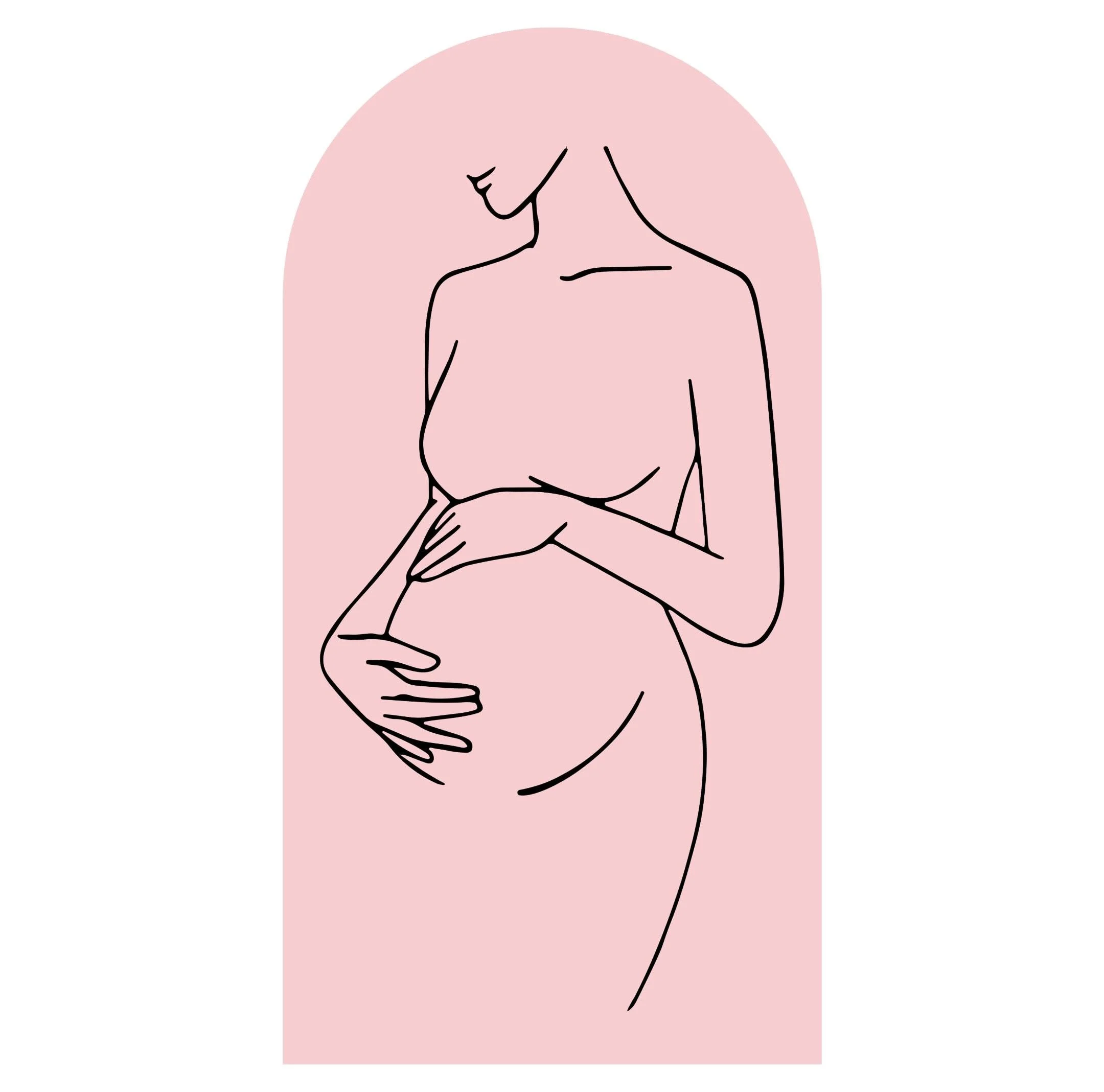Before my husband’s mother, Margaret, passed away at the age of 74, she gathered her family in her cozy living room, wrapped in her favorite lavender shawl. “Being able to say goodbye is a true gift,” she said, her gaze lingering on each of us. A gift? I thought. You are leaving us.
Months later, as the initial shock of her passing faded, her words began to resonate. At her memorial, her life unfolded like a beautiful tapestry—friends from childhood, high school, and retirement years, all coming together to celebrate her journey. Margaret understood that every story has a beginning, a middle, and an end. Instead of fearing death, she embraced it as a natural conclusion to her life’s narrative.
While I never quite shared her unwavering faith, her perspective transformed my understanding of mortality. I learned that dying is a part of life, one that can happen gracefully and without fear. In her final moments, surrounded by her six loving children, she embodied the beauty of legacy.
By facing her death with acceptance, she inadvertently eased my own fears. Now, death no longer feels like a daunting unknown, and that is a lesson I wish to impart to my children.
Recently, our family encountered a heartbreaking decision: our beloved dog, Bella, faced severe complications following a routine surgery. She was unable to eat or drink, and despite the veterinary surgeon’s assurances, the prognosis was grim. We could spend thousands on a risky procedure with uncertain outcomes, or we could choose to let her go peacefully.
Before Margaret’s passing, I might have fought tooth and nail to save our pet. But through her lens, I learned that sometimes, love means knowing when to let go. My husband, a veterinarian, often reminds clients, “It’s better to say goodbye while the memories are still sweet.” We realized that prolonging Bella’s suffering was not an act of love—it was selfishness.
Our eldest son, Jake, chose to be by her side during her final moments. He gently caressed her head, speaking soothingly until she drifted away. Though it was painful, he discovered a sense of peace in the experience. Here’s how we prepared our children for this challenging goodbye:
Acknowledge Their Fears
My husband and I listened closely to the kids’ worries. This allowed us to address their specific fears—each child, at different stages of development, had unique concerns—rather than burden them with our own.
Teach Them About Life’s Cycles
When Margaret passed, we spoke openly about her life. Her death was just one moment in her story; it didn’t overshadow the joy she brought into our lives. We compared it to the life cycle of butterflies they learned about in school.
Death Doesn’t Have to Bring Pain
We involved our children in the discussions surrounding Bella’s passing. We explained that her suffering was due to her failing body and how freeing her soul would alleviate that pain.
Provide Outlets for Grief
The kids needed ways to express their sorrow. We created clay paw prints of Bella to preserve our memories of her.
Practice Gratitude
Grief can be unpredictable. We make it a point to share fond memories of both Margaret and Bella during family dinners. This keeps their spirits alive and allows us to reflect on the joy they brought into our lives.
Through these experiences, we learned that talking about death can be a gift in itself. If you’re looking for more insights on navigating the complexities of life, consider checking out this resourceful article on pregnancy and home insemination.
In summary, helping children understand and cope with death requires open communication, acknowledgment of fears, and a focus on the cycles of life. Through love, gratitude, and shared memories, we can guide them through the natural processes that shape our existence.
If you’re interested in essential tools for your family planning journey, be sure to visit this site for reliable at-home insemination kits. Additionally, for a deeper dive into similar topics, explore this post, which offers further insights into navigating the complexities of life.

Leave a Reply